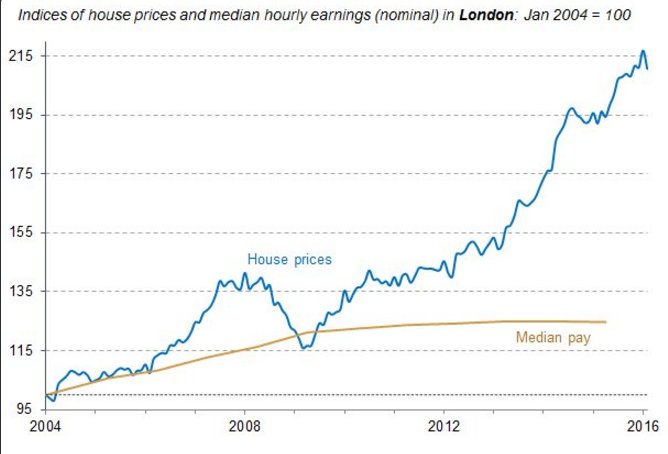I have thought a lot about Waze since I started using it. Without a doubt, it has improved my life substantially. Here are some other thoughts I had as I used it.
- Waze is an example of how software will eat the world. In this case, the world of gPS devices. Waze is a GPS on steroids. Not only will Waze do all the things that a GPS will do, but it does so much more, as you can see from this other Waze post I wrote. If you have a GPS, after you use Waze for a bit, you’ll likely stop using it.
- Waze will change the way cities work. Cities are inefficient when it comes to transportation. Our work habits contribute to that, in that so many people commute at the same time, in the same direction, on the same routes, each work day. Waze and other new forms of adding intelligence to commuting will shape our work habits over time. Drivers being able to take advantage of unbusy streets to reduce congestion on major thoroughfares is just the start. City planners could work with Waze to better understand travel patterns and travel behaviour and incorporate changes into the city so that traffic flows better. It’s not that city planners don’t have such data, it’s that Waze likely has more data and better data than they currently have.
- Waze is a great example of how A.I. could work. I have no idea how much A.I. is built into Waze. It could be none, it could be alot. It does make intelligent recommendations to me, and that is all I care about. How it makes those intelligent recommendations is a black box. Developers of A.I. technologies should look at Waze as an example of how best to deploy A.I. Those A.I. developers should look at how best A.I. can solve a problem for the user and spend less time trying to make the A.I. seem human or overly intelligent. People don’t care about that. They care about practical applications of A.I. that make their lives better. Waze does that.





